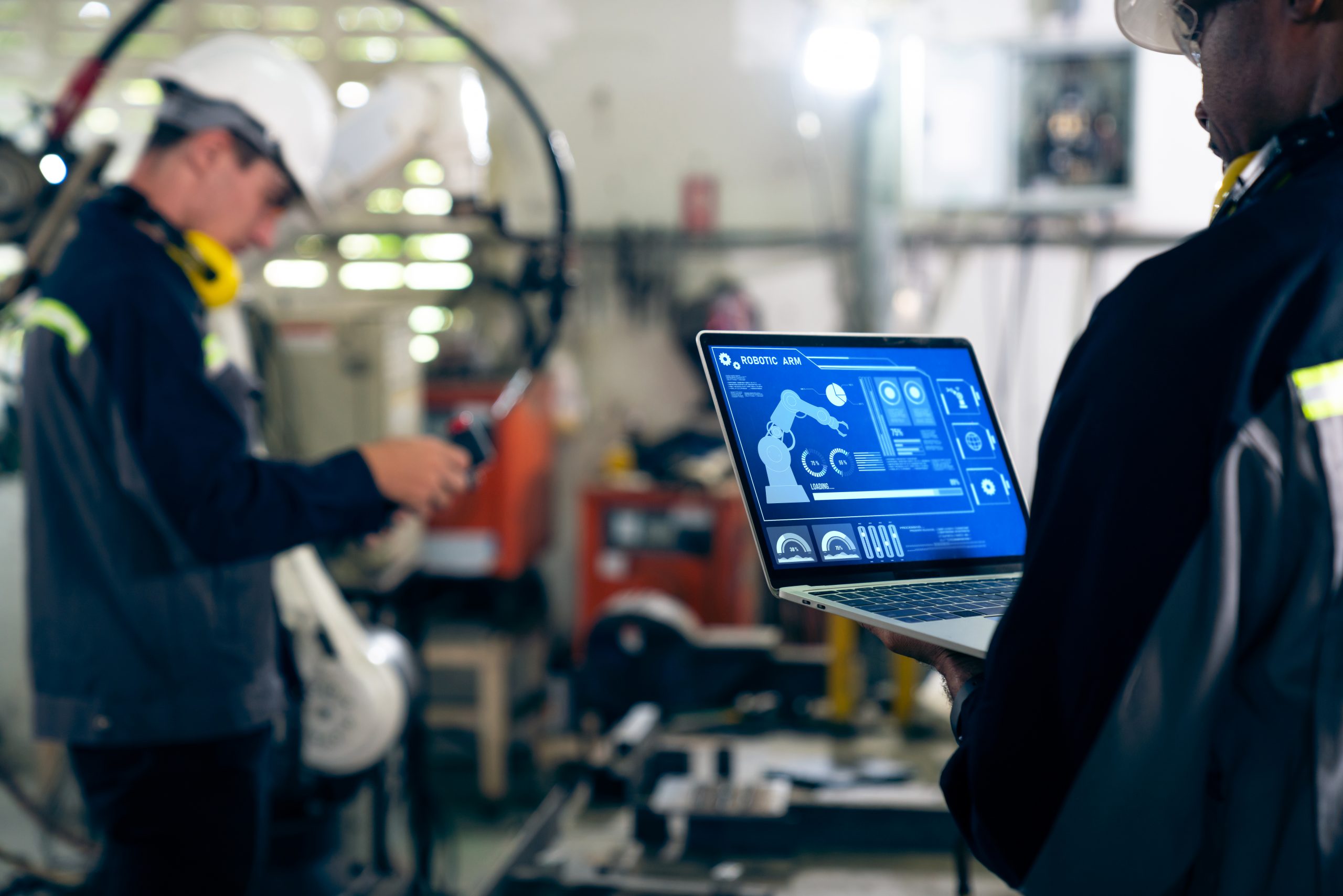What is the connected client? New technologies give us the opportunity to know our clients better, be closer and make better decisions as a company.
In B2B industrial environments, some of these technologies are the IoT, Digital Instructions and Remote Assistance, which can have an impact on the phases of the sales cycle: from the design of the solution that we offer to the client, to the start-up phase and after-sales services.
For example, having an IoT orchestration platform for the integration of data and alerts (previously acquired through sensorization and machinery monitoring), allows the detection of events in real time. Furthermore, if you have a rules configurator, you can even configure actions and processes based on conditions.
Theses processes can be digitized through Digital Instructions and Workflows, which allows us to offer our clients real-time support in handling the machinery or equipment that we offer, as well as improvements in maintenance, help in start-up or new tools for training the team.
The Remote Assistance makes it easier for us to communicate with customers in real time, improving collaborative work in the design of solutions or giving them an immediate response to their needs without having to go to their facilities.
What is the connected client? After-sale services and self-managed value services
The monitoring of machinery or equipment, together with digitized work orders and remote communication, allow us to offer after-sales services to our customers by responding to their needs and turning them into a “connected customer”.
From a manufacturing company point of view, it allows us to:
– Maintain a strong position in services that can complement the layer of machinery or equipment
– Improve customer service by reducing downtime and optimizing the basic production KPIs
Empower maintenance teams with work tools that enhance their needs
On the other hand, the integration and orchestration of IT, OT and employee data with the machinery and equipment supplied, gives us the possibility of offering value services self-managed by the client, with which a manufacturing company achieves:
– Offer differential value services by allowing its clients to integrate and orchestrate their own IT, OT and employee systems with the equipment and machinery supplied.
– Integration with the customer’s operations, making it as difficult as possible to replace them with competing equipment.
– Cross-selling and Up-selling of products and equipment that can be offered with native integration
4AfterSales of Zerintia Technologies
The combination of these three technologies, together with Zerintia’s ability to integrate its solutions with its clients’ ERP, is called 4AfterSales.
4AfterSales makes it possible to identify the product (serial number, client to which it belongs) and offer different levels of differentiated service based on new digital technologies.
We call the concept on which the 4AfterSales solution revolves Equipment as a Service: manufacturers of machinery and equipment do not only focus on selling the machine, but also on selling a series of associated digital services, which, when well packaged, can generate new income .
Unlike the classic way of machine’s sales, in the EaaS model it is provided by the manufacturing company to its client in exchange for a fee. The manufacturer is responsible for maintenance, service, consumables, and replacement parts. Even availability and production can be guaranteed. The customer saves the high investment costs and also partially transfers the operational risk to the manufacturing company.




